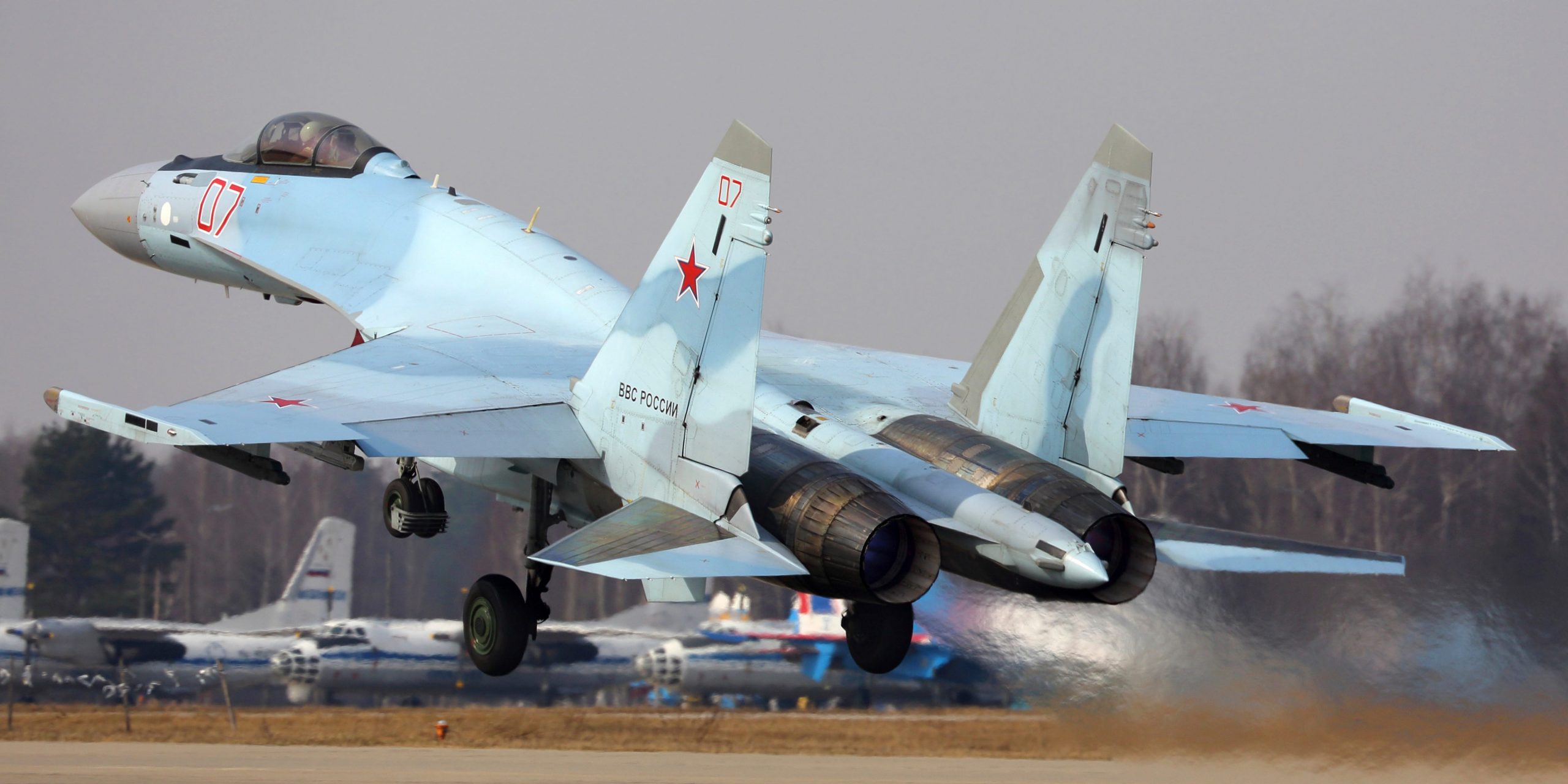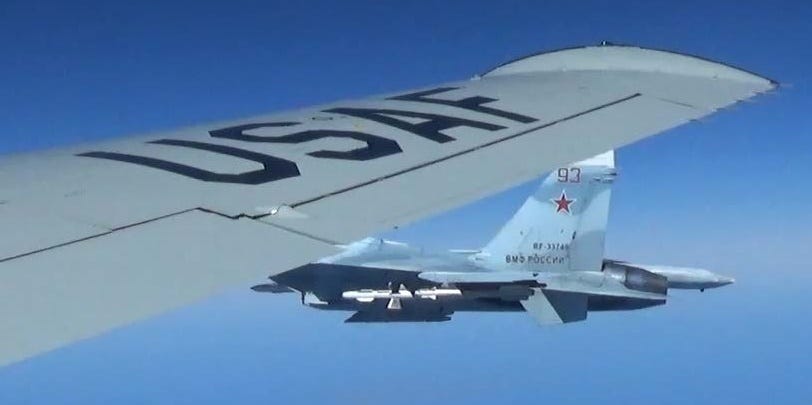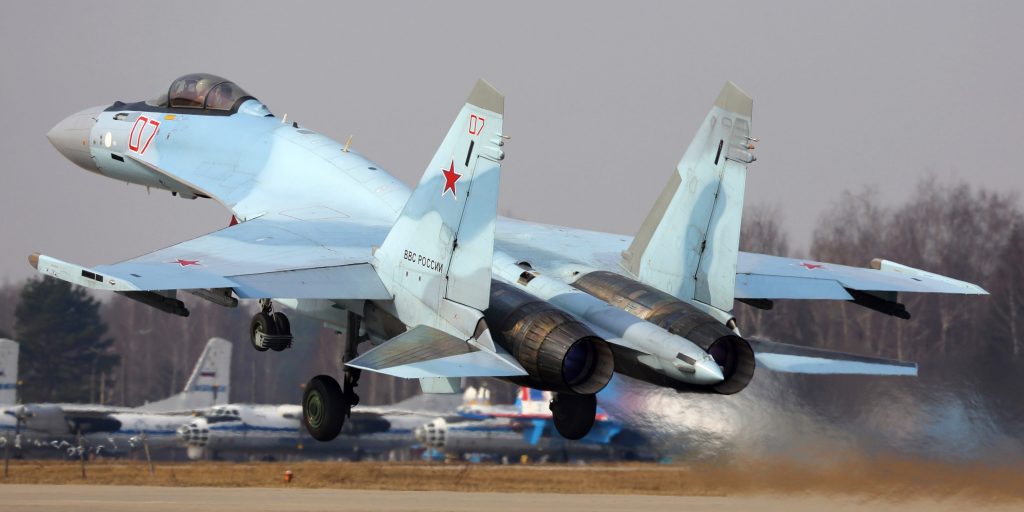
- During a risky intercept last weekend, Russian fighter jets reportedly came within 5 feet of a US aircraft.
- One former pilot and TOPGUN instructor speculated the Russians do this to intimidate the US.
- Intercepts are normal and occur regularly. Most are safe and professional, but some others are not.
Russian fighter jets conducted dangerous intercepts of US aircraft last weekend, with Russian jets at one point reportedly coming within just five feet of a US Navy plane.
Intercepts are fairly run of the mill events without a lot of danger. Intercepting aircraft typically identify and surveil foreign or unidentified aircraft at a safe distance and escort them within an area of interest.
What is not normal is aircraft flying within a few feet of each other. That is the aerial equivalent of two speeding cars coming within an inch of each other on the road, retired Cmdr. Guy Snodgrass, a former US Navy pilot and TOPGUN instructor, told Insider.
The most likely reason for such dangerous intercepts, according to Snodgrass, is intimidation.

He told Insider that "Russia has had a history over decades of performing incredibly aggressive intercepts as a way of intimidating the aircrews or trying to get those aircrews to leave the area."
This weekend's incidents involved Russian Su-35 fighter jets flying extremely close to US Navy P-8A maritime patrol aircraft as they flew over the Mediterranean. Defense officials described two of the encounters as "unsafe" and the other "unprofessional," the Wall Street Journal reported.
Russia has conducted these types of risky intercepts before, but the latest were the first since 2020, when Russian jets carried out multiple "unsafe" intercepts of US aircraft.
Anything under five feet would have almost certainly caused a collision, according to Snodgrass. For context, usually when planes fly close together in formation they are 15-30 feet apart, he said. Even then, they are trained to do so and are in close communication throughout.
Snodgrass speculated that this dangerous intercept could be related to the rising tensions between Russia and the US as the former positions tens of thousands of troops around Ukraine in what many in the West fear is preparation for war.
Despite surrounding Ukraine with roughly 150,000 troops, the Kremlin has continuously denied having any plans to attack or invade its neighbor.
"Anytime rhetoric between two nations begins to really get heated, it can inflame passions – and sometimes that might lead air crew to take more aggressive action or maneuvers than they normally would," Snodgrass said.
He added that it's unclear whether the Russian pilot made a decision to conduct a dangerous intercept on his own or if they were instructed to do so for intimidation's sake.
As a naval aviator, Snodgrass actually participated in intercepts when flying around the South China Sea. He stressed that there are safe ways to conduct intercepts, explaining that sometimes it is possible to identify an aircraft from even a mile away.
"If you had Chinese aircraft or if you had an unidentified aircraft that was going to get within a certain range of an American aircraft carrier, then you'd be instructed to intercept it," he said.
"But there's a safe way to do so," he said, adding that "there's an established profile that we would fly to make sure that we did intercept the plane but we didn't come within 5 feet, for example."
Though such intercepts are possible, Snodgrass said he had never heard of an aggressive US intercept occurring, as he said the US military preaches safety and professionalism, and close intercepts usually lead to an out of control situation.
"You always want to put yourself in a very advantageous situation from a tactical sense," he said, explaining that "coming in and doing some kind of crazy pass actually would hurt you because you want to make sure you maintain control of the situation."
